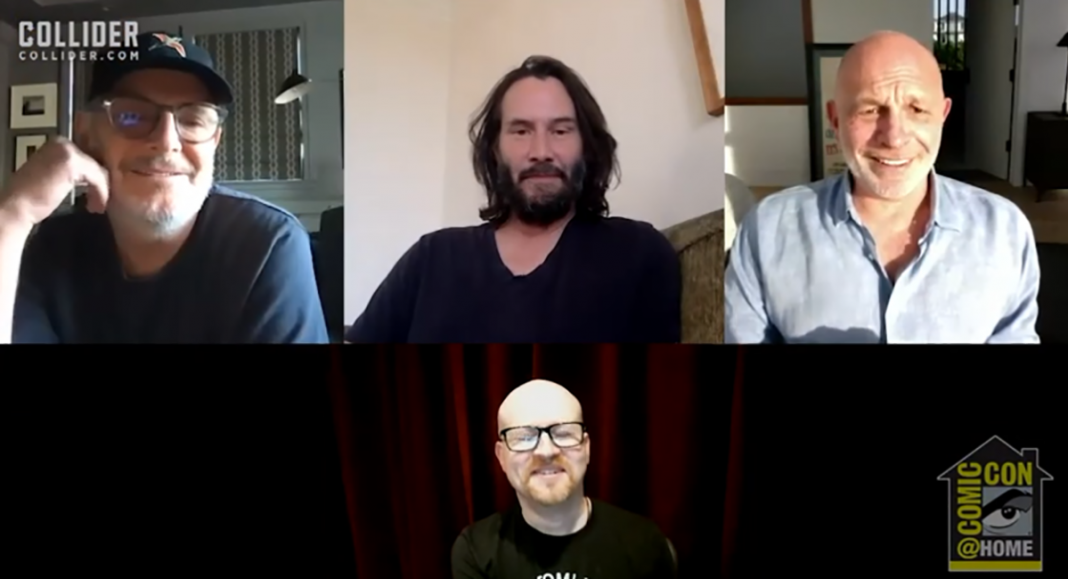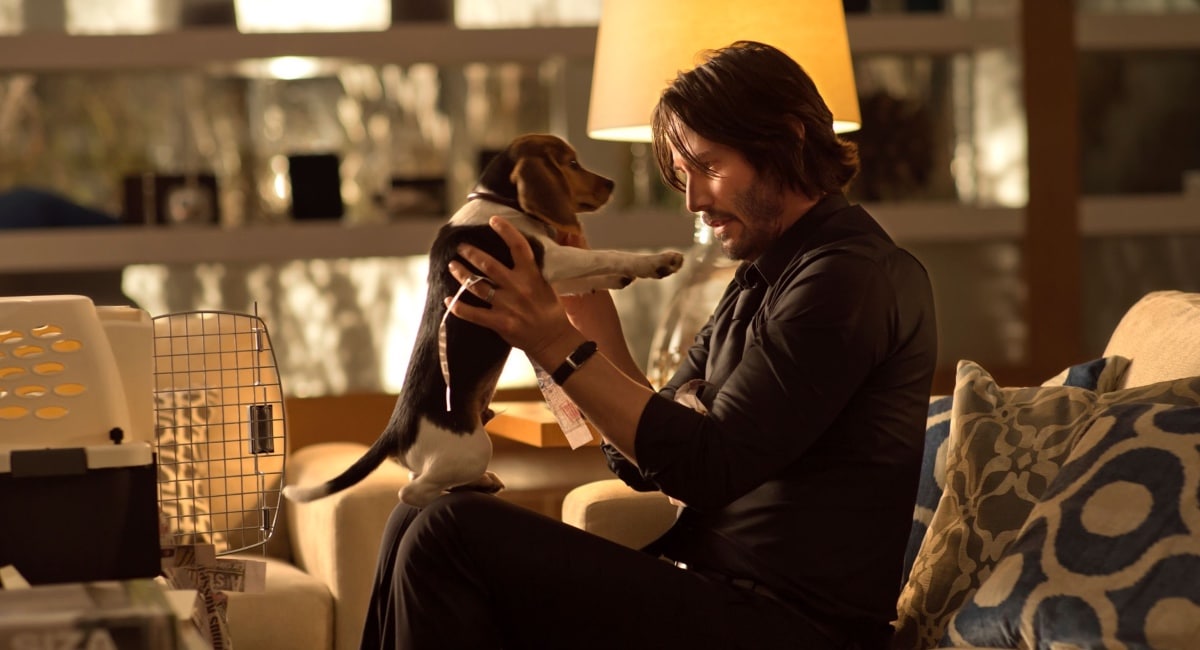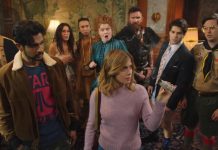It has been 15 years since Keanu Reeves donned his black coat to bring to life Vertigo’s occult detective John Constantine. Reeves, along with director Francis Lawrence and producer Akiva Goldsman, reunited for San Diego Comic-Con at Home to reminisce about Constantine and its place in comic movie history. The panel was moderated by Collider’s editor-in-chief Steven Weintraub.
Even though the 2005 movie looked quite different than what fans of the Alan Moore creation expected, the trio reflected fondly about the resulting film. Goldsman detailed how the movie went through a few false starts before being made.
“I had a deal at Warner Brothers at the time. I was trying to convince people to let me be a producer. The script [was] laying around, which was really compelling. Lorenzo di Bonaventura and Bob Brassel and I put it together with Nick Cage and Tarsem [Singh] directing. And we started prepping the movie. Then we stopped prepping the movie, and the movie went to sleep for a while. And slowly but surely, the idea was durable enough, like many interesting scripts could outlive whatever struggles it had. And there was this video director who was really something. And so began this restructuring of Constantine, with the three of us playing various parts in order to try to get it up and alive again.”
Lawrence was the music video director in question, and the film ended up being his feature-length directorial debut. The director explained that while everyone had confidence that he’d make a pretty movie, they weren’t quite sure how he’d handle story and characters.
“In all honesty, the pressure I felt was to focus on the story, get the story right and to work with the actors. I feel like I wanted to focus on story and acting and let this 10, 12 years of doing music videos sort of be second nature and have the style part, you know, come secondary to story and character. It’s a visual art. And I like the visual side of things and I think in images. So I enjoy the world-building aspect of moviemaking, and I definitely leaned into that. But I felt the pressure to focus on the other things because I think everybody expected for me to be able to make things look good. And I think people were worried that I wouldn’t focus on story and character of this film.”
The director also discussed how he didn’t approach the film like a comic book, but instead looked to films like Blade Runner for a moody, noir vibe.
Reeves quickly fell in love with the character when he was approached with the script.
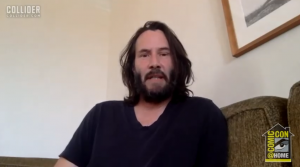
The actor stated, “I wasn’t familiar with the character. I hadn’t read Hellblazer or seen any of the Alan Moore stuff in Swamp Thing. I didn’t know the character. I really loved the script. And then I did some research on the character. And, you know, I was not hesitant, but, you know, I’m not English. I’m not blonde. And the character is. So I had to reconcile that. And part of that was what we said was the base of the character. What could I bring to the character? Why even do it? And it’s such a beautiful character, this kind of humanitarian cynic, kind of tired, world-weary, you know, tired of all of the rules and morals and ethics and angels, but still a part of it. And I loved his sense of humor.”
Was there ever a moment when Reeves was going to be blonde and British? The actor quickly said no, but there was talk about using his signature brown trench coat.
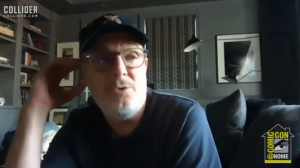
“We never talked about it,” Lawrence chimed in regarding the hair and accent discrepancy. “And then I remember in costumes, the one other sort of big change for the Constantine character was the coat. And we did try the Constantine coat and ended up going with the black one, which is different from the character from the comic books and graphic novels. So we just we wanted to do what was sort of right for what we were doing.”
An interesting point brought up during the chat was that the film has a post-credit scene. While fairly standard nowadays, particularly in the superhero and comic movie genre, it was a new concept in 2005.
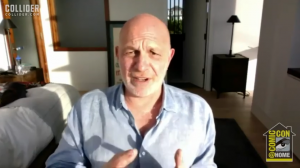
Lawrence explained, “The after the credit scene was Akiva’s idea, which I thought was very cool. And that was not part of our initial shoot, it wasn’t part of our initial photography. After we had that screening, that sizzle reel, and we got the studio really excited, Akiva and I kind of went back to them and said, hey, guys, now that you’re excited, you know, there’s a couple of other things we want to do. I’d really love to reshoot this club sequence and we’d really love to do this thing at the end after the credits, Akiva has this idea and they said, great. Go ahead. And they gave us, you know, a decent amount of money to go get additional footage.”
To watch the full panel click here.
Miss any of our other SDCC 2020 coverage? Click here for much more!


